
Explore Our 16 Strategies for Improving Salesforce Adoption
Did you know that around 77% of sellers cannot efficiently complete their tasks? Lack of productivity can result in lost sales, poor customer relations, and inability to complete everyday tasks. Many organizations devote a large portion of their budget to tools and programs designed to streamline their operations. However, one of the main hurdles facing CEOs and sales executives is failing to onboard

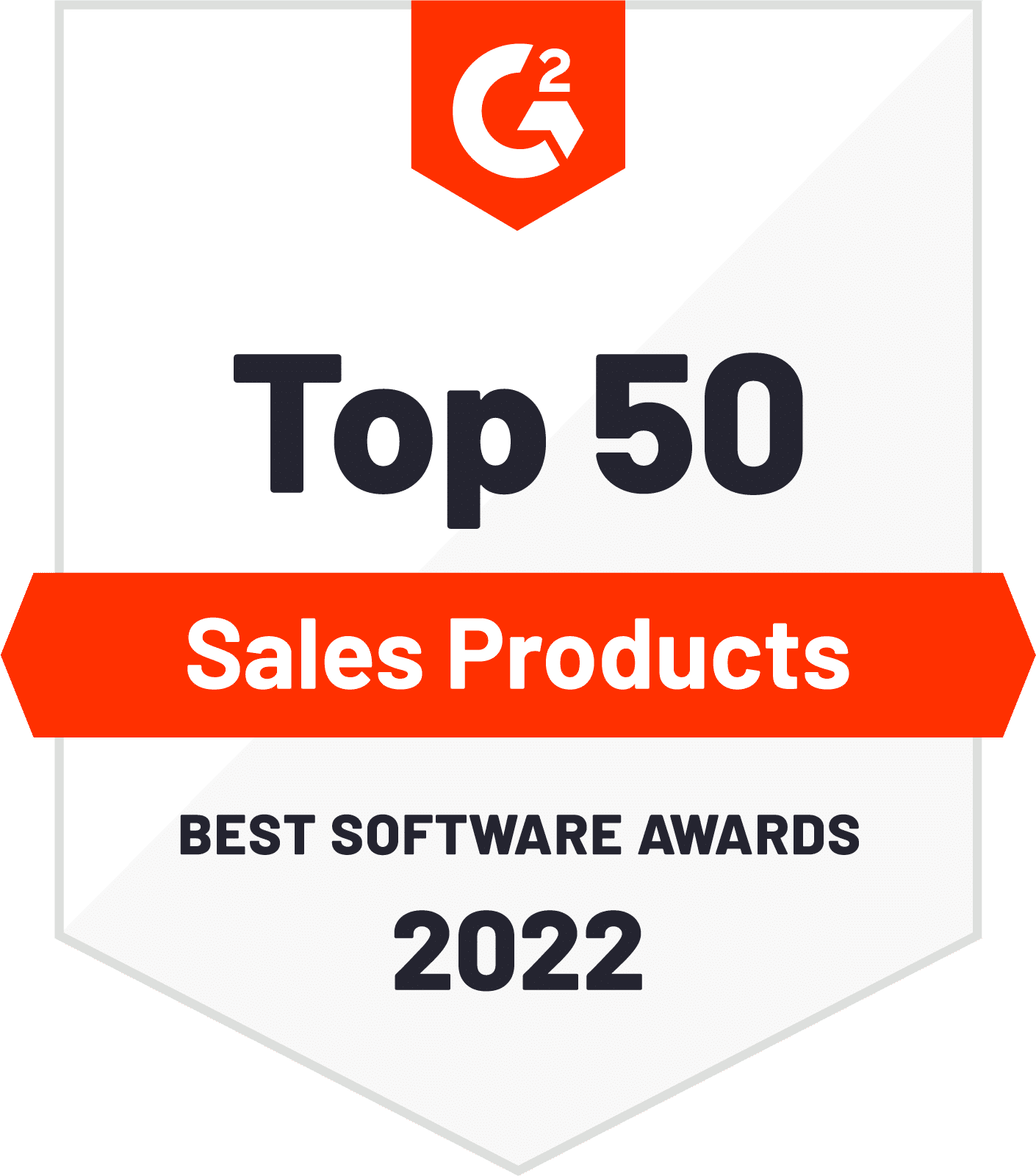
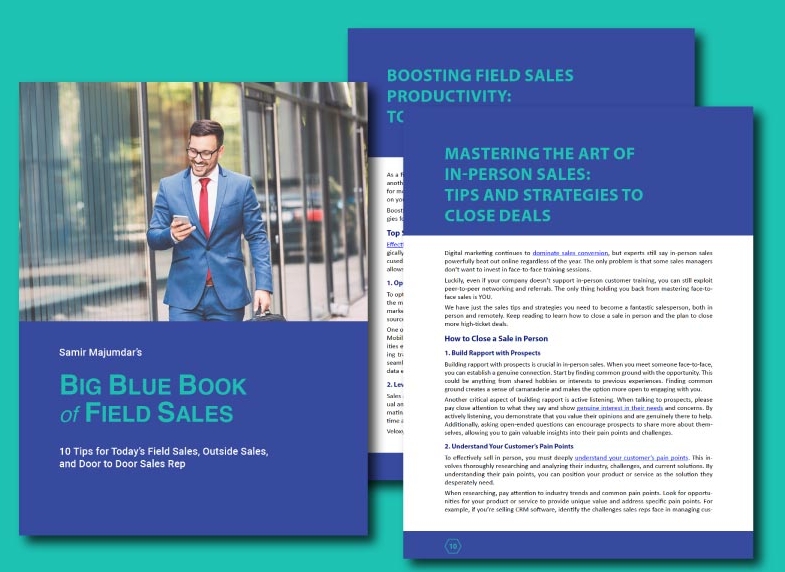

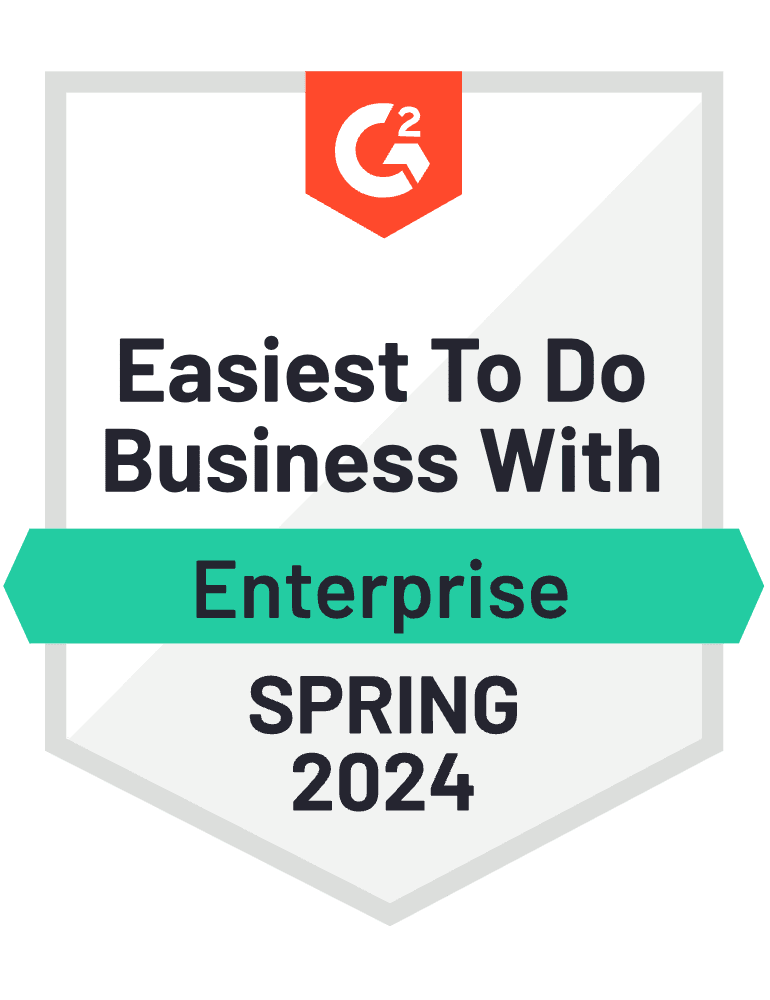
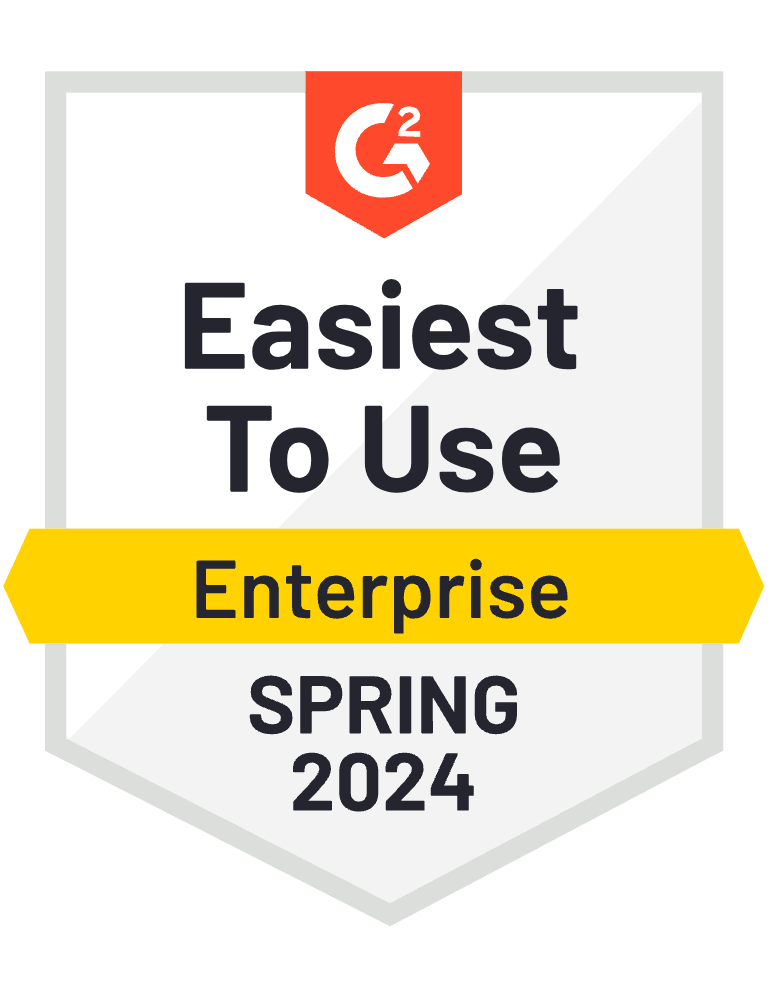
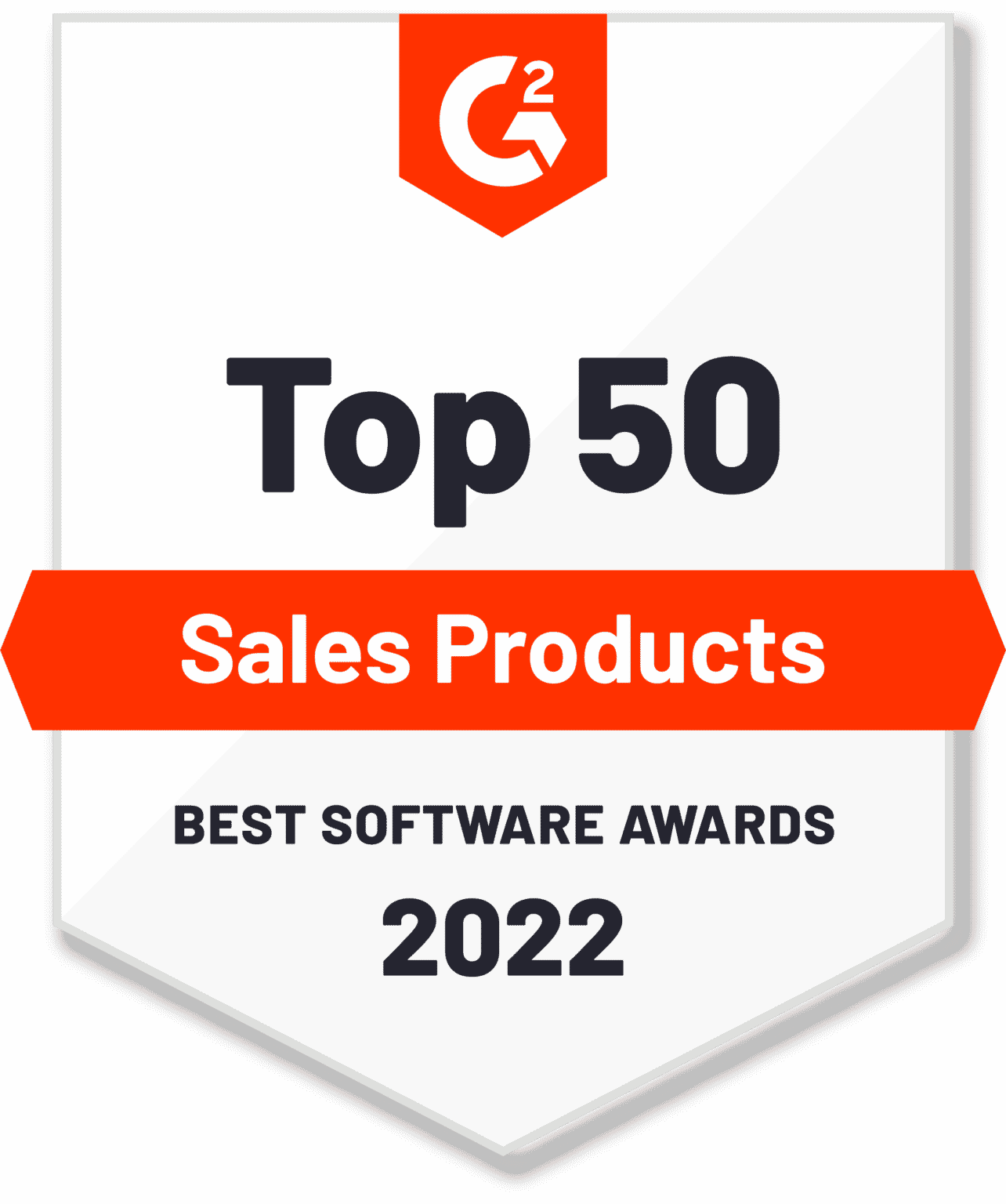
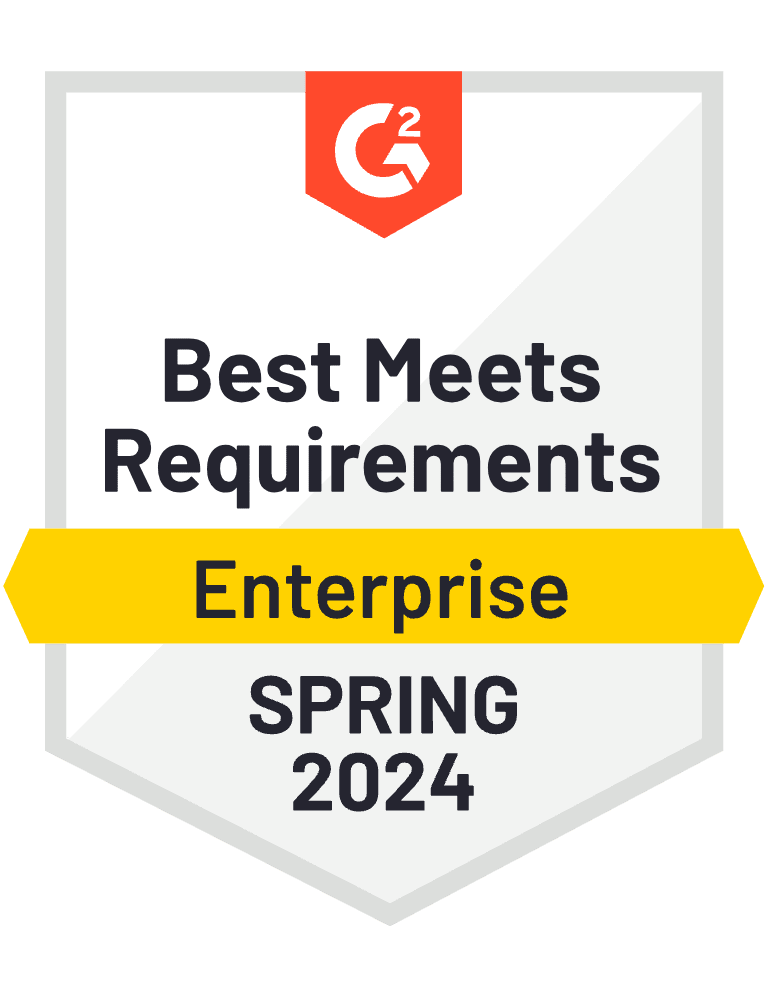

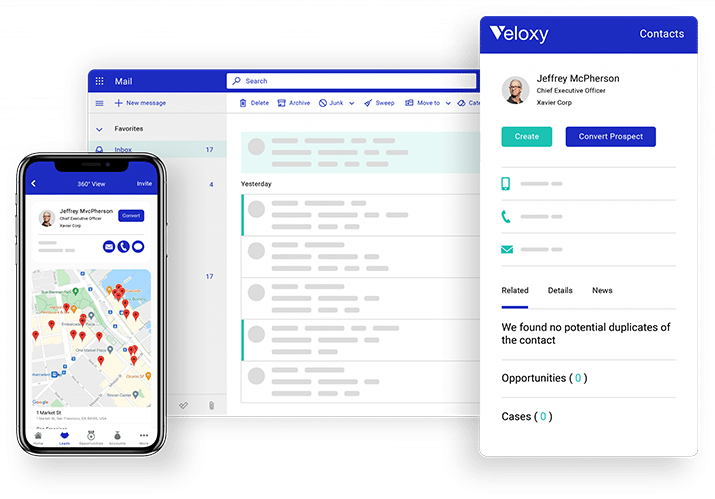


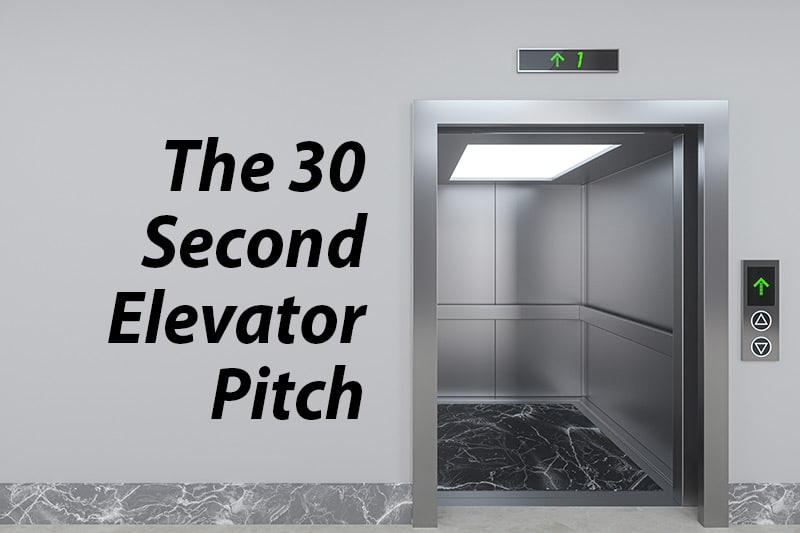

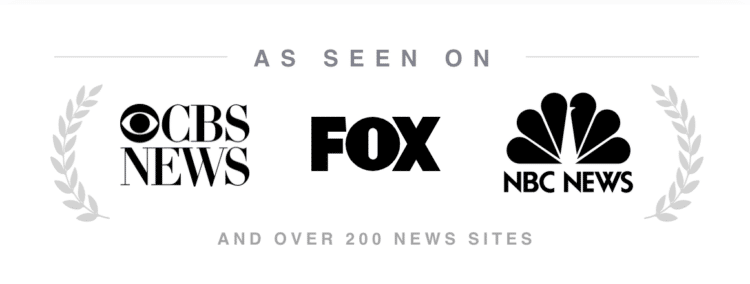
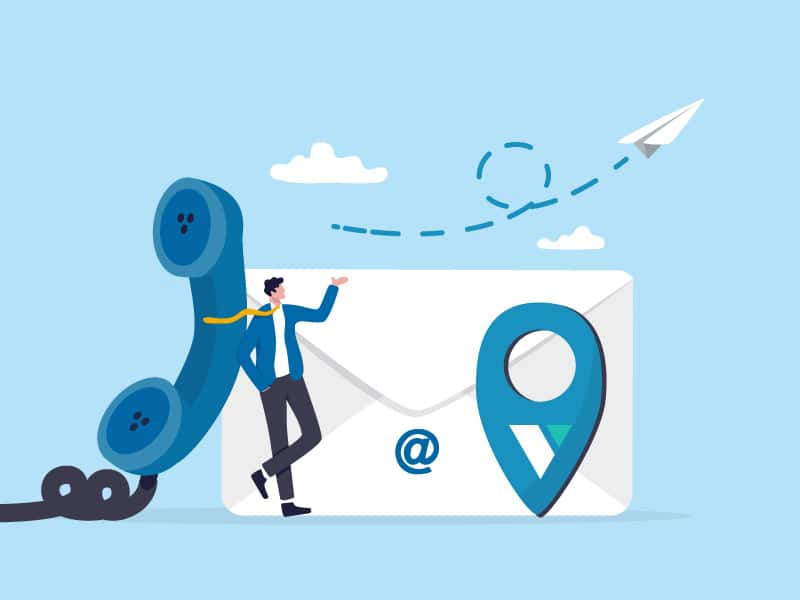
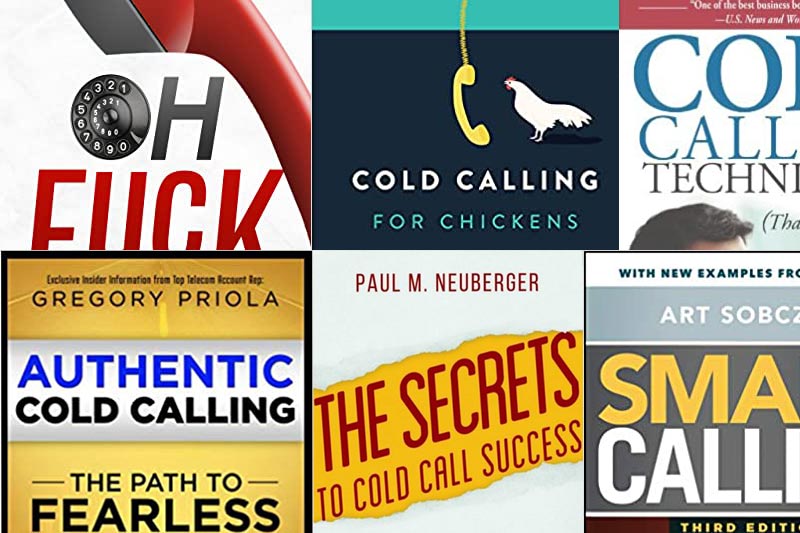







Stepping into the elevator with just 30 seconds to make an impact? That’s where the art of the elevator pitch becomes your strongest ally. It’s not just any summary; it’s your chance to spell out the unique value your company offers, all before the doors open again.
This lightning-fast pitch is indispensable, whether you’re aiming to snag a meeting or seal a deal on the spot. Born from the hustle of entrepreneurs vying for investors’ attention in fleeting moments, the 30 second elevator pitch symbolizes the essence of strategic brevity.
We’ve walked this path (as you can see here), mastering pitches in bustling convention halls, during surprise encounters in office corridors, and yes, even over Zoom calls where every second counts. At Veloxy, we’ve distilled our experiences into a streamlined pitch framework, complete with five key elements that cut through the noise.
What are you waiting for? Get started with these popular sections:
Download Now: The Best 30 Second Elevator Pitch Worksheet
Quickly and easily create 1 to 3 of the best 30 second elevator pitches at your company with our worksheet. Be sure to share it with other sales reps!
Get Your Free WorksheetThe Best 30 Second Elevator Pitch Template
Reflecting on my journey and countless pitches I’ve given, I realize how much the game has evolved. Imagine, a world so filled with noise that grabbing someone’s attention becomes akin to a high-stakes heist.
That’s the backdrop against which we’re pitching in 2024.
Here’s a thought: what if we could cut through that noise, not with louder shouts, but with precision and relatability?
That’s where a polished 30-second elevator pitch comes into play, crucial for any sales professional eager to make their mark.
Let me share with you a revamped template, a lifeline in our overcommunicated world, honed by years of refining pitches in tradeshows, office spaces, and, yes, even Zoom calls. This isn’t your run-of-the-mill advice; it’s a blueprint for success, ensuring every second counts.
Here’s my simple 5-step structure that any sales rep can remember, and we break it down below.
Download Now to Your Smartphone > The 30 Second Elevator Pitch Structure
1. Use Enthusiasm and Motion
Reflecting on the many pitches I’ve given over the years, I’ve learned one undeniable truth–enthusiasm is your secret weapon.
Remember that scene from “Ferris Bueller’s Day Off,” where Ben Stein’s monotone roll call of “Bueller? Bueller?” is met with glazed-over eyes? That’s a lesson in what not to do.
Now, picture the dynamic energy of comedians like Jerry Seinfeld or Dave Chappelle. They’re masters of engaging their audience, not just with their words but with their lively movements and expressive gestures. It’s no coincidence; it’s pure strategy.
When crafting your 30-second elevator pitch, let your belief in your message shine through not only in your tone but in every gesture (like I’m doing here).
Suppose you’re illustrating the significant time your prospect could save with your solution. Why not visually represent this with your hands? Or subtly shift your stance as you transition through your pitch?
These movements aren’t just for show; they’re powerful tools for keeping your listener hooked, signaling transitions between ideas without saying a word.
In the compact world of an elevator pitch, even the smallest action, like showing the number “2” with your fingers to highlight a key point, can make a big impact. It’s all about making every second—and every movement—count.
2. Begin with a Pain Reliever or Creative Catch
Diving into the countless pitches and messages that flood our daily lives, I’ve noticed they mostly fall into two camps: the vitamins, promising growth and reach, and the painkillers, addressing the very real issues we face.
And here’s the kicker, the majority lean towards being vitamins, like “Expand your reach!” or “Grow faster with us!” But honestly, those messages? They just don’t cut it.
Why? Because when you’re in pain, you’re not looking for a vitamin; you’re searching for a painkiller. You’re seeking something that says, “Tired of being bogged down by tasks that don’t drive sales?” or “Is your team drowning in busywork instead of closing deals?” That’s where the gold is. Because pain demands attention, demands a solution, now.
Let me break it down to the big three painkillers:
But here’s a twist: capture their attention with a story. Stories have the power to captivate like nothing else. Picture this: “Imagine, just last week, a CEO shared how his team saved $125,000 last year by having his team spend MORE time with customers.”
In those tight thirty seconds, especially if you’re sharing an elevator ride, why not use what’s around you? Take the elevator’s journey as your canvas. “Ever think how your team could revolutionize their day in the time it takes us to reach the 20th floor?”
That right there is how you make someone lean in during those first crucial seconds. It’s not just about stating a fact; it’s about striking a chord, right when it matters.
3. Choose One Word or Phrase to Focus On & Repeat
Reflecting on what truly sets a brand apart, it dawned on me: it’s all about owning that one word or phrase in your customer’s mind.
Think about it—when you hear ‘Safety,’ doesn’t Volvo immediately come to mind? Or ‘Luxury with Performance’ and you think Mercedes?
That’s no accident. These brands have mastered the art of simplicity and focus in their messaging.
In branding and positioning, the golden rule is to claim a word or concept not yet owned by a competitor but deeply rooted in customer experience. This becomes your beacon, guiding every conversation and interaction.
So, in your elevator pitch, it’s crucial to weave this word or phrase throughout, not once, not twice, but three times to truly embed it in the listener’s mind. Utilize anaphora to reinforce your message—beginning or ending consecutive statements with this key phrase.
Imagine saying, “Let’s cut through the clutter of lead prioritization. Let’s simplify CRM updates. Let’s clear the deck of everything that’s holding your sales back.”
Here, “Let’s simplify” becomes more than just words; it becomes a promise, a vision of a world where sales activities are streamlined, focusing solely on what moves the needle. This isn’t just about reducing workload; it’s about transforming the sales landscape, making “simplify” not just a word, but a mission.
Can you tell that I’ve spent years mastering my Veloxy elevator pitch?
4. Follow the NSV Method
Diving into the core of your elevator pitch, you’ve got just 20 seconds to make your mark, following the insightful NSV Method. It’s as straightforward as it gets, focusing on three pivotal steps:
Consider this scenario: “Your team is currently spending a staggering 1,372 hours annually on tasks that don’t directly contribute to sales (learn more here). What could your bottom line look like if those hours were redirected towards revenue-generating activities? Imagine, a year from today, you’re handing a sales report to your CEO showcasing a revenue surge—all for an investment of just $5,000 per year.”
The beauty of the NSV method lies in its seamless segue into your elevator pitch’s finale—the compelling call to action. It’s not just about stating facts; it’s about weaving a narrative that places your prospect at the heart of a success story.
5. Deliver the Call to Action
Now that you’ve laid the groundwork with your NSV pitch, your prospect’s curiosity is piqued, and they’re eager to dive deeper. This moment is your golden opportunity, not just to secure a spot on their calendar, but to subtly hint at the broader scope of solutions you bring to the table.
“Imagine, on top of slashing those time-consuming non-sales tasks, we could also streamline your sales cycle and expand your pipeline… Intrigued? Let’s chat more about this.”
This approach not only cements the connection you’ve just made but also opens the door wider, inviting a larger audience from their team into the conversation. With just a few words, you’re not just promising a fix to a singular issue but offering a comprehensive upgrade to their sales strategy.
Download Now: The Best 30 Second Elevator Pitch Worksheet
Quickly and easily create 1 to 3 of the best 30 second elevator pitches at your company with our worksheet. Be sure to share it with other sales reps!
Get Your Free WorksheetExample of the Best 30 Second Elevator Pitch Template
Check this out (sales rep opens the stopwatch app on their phone, clicks start, and shows it to the prospect continuously)…
In the next 30 seconds, your sales team could have eliminated 100% of their non-selling activity…
I think you’d be interested to know that, on average, a sales rep spends 66% of their day on non-selling activities—that’s over 1,300 hours a year per rep…
Would you like to know how you can eliminate 100% of their non-selling activity?
Even better…
While keeping your sales team on the selling activities that produce revenue, what if I told you that the same \$49 solution can also shorten sales cycles and widen pipelines?
The important thing to remember is that this 30-second elevator pitch structure is here to help guide you in your own unique way. Making the elevator pitch your own is very important in ensuring that the pitch sounds authentic and natural.
Be sure to save the below picture to your smartphone for reference in real situations:
Other Elevator Pitch Templates and Examples
Unfortunately, you can’t use the best 30 second elevator pitch for every unique scenario.
As you and I both know, creating a multitude of effective 30-second elevator pitches can be a daunting task. Luckily for you, you’ve come to the right place to find the right template with some inspiring elevator pitch examples. Get ready to craft a pitch that resonates with your audience and opens doors to new opportunities.
Let’s dive into some tailored elevator pitch templates and examples that will help you stand out.
The Basic Structure Template
Start with introducing yourself and your role, then succinctly describe your product, service, or value proposition. Conclude with a compelling call to action or a thought-provoking question.
Here’s a simple framework:
Example 1: Tech Startup Founder
“Hi, I’m Alex, founder of InnovateTech. We develop cutting-edge AI solutions that streamline business operations, reducing costs by up to 30%. Would you be interested in exploring how AI can transform your business?”
The Problem-Solution Template
Identify a common problem your audience faces and present your product or service as the solution. This template resonates because it directly addresses the listener’s needs or challenges.
Example 2: Health and Wellness Coach
“Do you struggle with maintaining a healthy lifestyle in a busy world? My personalized wellness coaching helps you achieve a balanced life, leading to improved health and productivity. Ready to take the first step towards a healthier you?”
The Storytelling Template
A brief, engaging story related to your business can make your pitch memorable. This template is especially effective in networking scenarios.
Example 3: Educational App Developer
“When I started EdTech Innovations, I saw how children struggled with traditional learning methods. Our app makes learning fun and interactive, improving engagement and comprehension. Curious about how we’re revolutionizing education?”
5 Essentials of an Effective Elevator Pitch
Diving into the heart of perfecting that game-changing elevator pitch, we’ve distilled years of field-tested wisdom into five crucial elements that any sales pro, whether you’re fresh on the scene or seasoned in the art of the pitch, can’t afford to overlook.
Let’s unpack these keys together, ensuring your message not only lands but also leaves your audience eager for more.
1. Accessible Language
Diving straight into the essence of what makes an elevator pitch not just good but truly impactful, let’s talk about the language we use.
Imagine explaining your pitch to a friend who’s not in the industry, or even to a curious kid eager to understand what you do.
The goal? Clarity and simplicity.
We’ve all encountered pitches so bogged down with industry-speak that they lose their charm. For instance, developers often dazzle with technical lingo, saying something like, “I specialize in front-end design, employing HTML5, JavaScript, and CSS3 to develop scalable web applications.”
Sounds impressive, right? But strip away the jargon, and it translates to, “I craft online experiences that are not only stunning but work seamlessly.” It’s all about making your message accessible, ensuring that anyone, regardless of their background, walks away with a clear understanding of what you offer.
2. Key Information
Diving deeper into crafting an elevator pitch that truly resonates, let’s focus on the backbone of any compelling narrative: the key information.
Picture yourself weaving a story that not only introduces who you are but also lays out what you do, the unique solutions you provide, and why you’re the go-to choice over competitors. At the end of the day, it’s about distilling the essence of your business, your standout value proposition, and envisioning the future together with your prospect—all wrapped up with an inviting call to action.
Imagine trying to fit this puzzle together in just a handful of seconds.
Sounds daunting, right? But it’s entirely doable with a dash of clarity and a sprinkle of succinctness.
For instance, consider this pitch: “Hey there, we’re the folks revolutionizing how small businesses chat with their clientele. Through targeted marketing services and top-notch communication coaching, we bridge gaps—digitally and face-to-face. Our partnership model? A simple monthly retainer, making life easier for you. How about we catch up and explore ways to elevate your customer conversations?”
Here, you’re not just listing services; you’re extending an invitation into your world, promising transformation and making it impossible for your listener not to be intrigued.
3. Clear and Concise
Navigating the tightrope of clarity and brevity can seem like an insurmountable challenge for many of us at the helm of our ventures. After all, we’re brimming with stories, innovations, and dreams we yearn to share with every potential client.
The temptation to unload every detail, every milestone, and every vision we hold dear is real. Yet, here’s the catch—less is often more, especially in the realm of elevator pitches.
Transforming your plethora of ideas into a crisp, engaging 30-second narrative is the art we’re mastering here. Imagine trying to weave an intricate tapestry of your company’s essence, its heartbeat, into half a minute.
It sounds daunting, yet it’s profoundly liberating. This isn’t the moment for an exhaustive chronicle of your journey or the unveiling of your future blueprints. Instead, think of it as an appetizer, a tantalizing teaser that invites curiosity and opens doors to deeper conversations.
Remember, if the connection with your prospect is meant to blossom, time will unfurl itself, offering countless opportunities to dive into the depths of your story. For now, keep it light, engaging, and digestible. Give your listener space to marinate in the essence of what you’ve shared, sparking an intrigue that begs for more.
4. Diversified and Human
Weaving the threads of diversity and authenticity into your elevator pitch is akin to breathing life into words.
Now imagine striding into a room, pitch at the ready, but instead of a one-size-fits-all monologue, you’ve tailored your narrative tapestry to the person standing before you.
When you think about it, your audience could range from an investor to a potential partner, each with their unique set of interests and concerns. A customer might not give a second thought to the nuts and bolts of your operations, yet an investor is all ears for exactly that.
This is where the magic of adaptation comes into play.
Before each meeting, take a moment to fine-tune your pitch, ensuring it resonates with the individual’s needs and curiosities. It’s about being present, truly connecting with the person across from you, and engaging in a genuine exchange.
Steer clear from the temptation to recite a rigidly memorized script; your audience will sense the lack of sincerity miles away. Instead, aim for a conversation that flows, one that’s grounded in the core facts but flexible enough to bend with the wind.
Remember, the heart of your pitch isn’t just what you say, but how you say it—let’s keep it human, shall we?
5. Invitation to Continue the Conversation
As the elevator journey comes to its inevitable close, it’s time to gracefully conclude your pitch.
Even if you’ve captured their interest, resist the urge to continue the dialogue as they step out. The art lies not just in knowing what to say, but also in recognizing when to pause, leaving them intrigued for more.
Consider extending a tangible token of connection, like your business card, or gently propose a follow-up conversation.
It’s these moments that can transform a brief encounter into a scheduled meeting or even a casual lunch where you can delve deeper.
Remember, the essence of a successful deal often lies in the follow-through: clearly articulate your offerings and then stand by your word. This approach not only filters genuine interest from polite nods but also sets the stage for future interactions, all starting from a shared ride in an elevator.
The Impact of Technology Advancements on Your Elevator Pitch
In today’s rapidly evolving digital landscape, technology advancements have left an indelible mark on the art of delivering the ideal elevator pitch.
The traditional face-to-face encounters have expanded to encompass virtual interactions, AI-powered tools, and innovative communication channels. Let’s explore how these advancements have revolutionized the elevator pitch and empowered sales professionals to make lasting impressions in the digital realm.
Virtual Presence, Real Connections
In this digital age, the boundaries of space have dissolved, allowing elevator pitches to leap from the confines of elevators to the vast expanse of the virtual world.
As sales professionals, it’s imperative we hone our virtual charisma and storytelling prowess. This shift isn’t just about adapting to technologies like Zoom and Virtual Reality; it’s about creating genuine connections in a digital landscape, where your presence is felt, and your message resonates, even through a screen.
AI-Powered Personalization
in the realm of modern sales, artificial intelligence (AI) offers a transformative approach to crafting elevator pitches. This tech marvel allows us to sift through oceans of customer data, enabling pitches to be sculpted with a level of personalization once thought impossible.
AI-driven solutions dissect preferences, behaviors, and past interactions, empowering us to craft messages that hit home for every individual or sector. By delving into the unique challenges and goals of our audience, we’re able to present pitches that seem as if they’re bespoke, tailored precisely to address the specific needs and desires of each prospect. This isn’t just pitching; it’s connecting on a profound level, where every word we say resonates deeply, making every interaction count.
Beyond Words: Multimedia Elevator Pitches
In our world brimming with distractions, grabbing and keeping a prospect’s focus is no small feat. It’s a whole new game now, and technology is our MVP, offering us incredible tools to take our elevator pitches beyond mere words.
Let’s dive into the era of multimedia pitches. Picture yourself delivering not just a pitch but an experience, woven with vibrant visuals, compelling videos, and interactive elements that truly bring your message to life. This isn’t about using tech for the sake of it; it’s about crafting a narrative that resonates deeply with your audience, leaving a mark that’s hard to forget.
As we harness these multimedia tools, we transform our pitches into something more—a dynamic, engaging story that captivates our listeners and leaves them wanting more. So, let’s embrace this shift, and remember, in this bustling attention economy, the most memorable pitch is not just heard; it’s experienced.
Tailoring Elevator Pitches for Specific Industries or Niches
Navigating the diverse landscape of industries requires a tailored approach to your elevator pitch. Each sector, from tech startups to healthcare, has its unique challenges and opportunities.
This segment underscores the importance of customizing your pitch, transforming it into a bridge that connects you directly with the specific needs of your target domain. By doing so, you not only capture attention but also position yourself as a trusted partner attuned to their unique ecosystem.
Research, Research, Research
The key to tailoring an effective elevator pitch lies in thorough research. Immerse yourself in the industry or niche you are targeting. Understand the prevailing trends, common pain points, and emerging opportunities. Familiarize yourself with the industry-specific jargon, challenges, and success stories.
This knowledge will serve as the foundation for crafting a compelling pitch that speaks directly to the hearts and minds of your prospects.
Addressing Industry Pain Points
Every industry has its pain points, those persistent challenges that keep business leaders awake at night.
Tailoring your elevator pitch to address these pain points demonstrates your understanding of the industry and positions you as a problem solver. Highlight how your product or service specifically addresses these challenges, offering a unique solution or a competitive advantage that others may not possess.
Speaking the Language
Just as each industry has its pain points, it also has its own language. Industry-specific terminology, acronyms, and buzzwords are the key element of effective communication within a niche.
Incorporate this specialized vocabulary into your elevator pitch to establish instant credibility and resonate with your audience. Speaking their language creates a sense of familiarity and builds trust, signaling that you are part of their world.
Elevator Pitches for Different Sales Scenarios
In the dynamic world of sales, mastering the art of delivering elevator pitches in various scenarios is essential.
Whether you find yourself in a bustling networking event, a bustling trade show, or navigating the digital landscape of social media, adapting your elevator pitch to the specific sales scenario can make all the difference. Let’s explore how you can tailor your pitch for different scenarios to capture attention and leave a lasting impression.
The Networking Event Shuffle
Picture yourself at a lively networking event, where conversations flow like a dance. In this scenario, your elevator pitch needs to be concise, captivating, and easy to remember.
Craft a hook that sparks curiosity and compels your listener to inquire further. Share a brief story or a compelling statistic that highlights the value you bring. Remember, brevity is the key at networking events, as you only have a few moments to capture attention before moving on to the next conversation.
The Trade Show Spotlight
Trade shows are bustling environments teeming with potential prospects and competitors. To stand out in this sea of exhibitors, your elevator pitch must shine like a beacon.
Start with a captivating opening line that grabs attention and conveys your unique selling proposition. Highlight the specific benefits your product or service offers, addressing pain points and differentiating yourself from the competition. Engage your prospects by asking thought-provoking questions and providing tangible examples of how your solution can solve their challenges. And don’t forget to leave your prospects with a memorable business card!
The Digital Landscape Dance
Welcome to the digital age, where social media platforms serve as virtual networking events. Crafting an effective elevator pitch for the digital landscape requires a thoughtful blend of creativity and precision.
Begin by optimizing your social media profiles to reflect your expertise and value proposition. Use catchy headlines and compelling visuals to capture attention and entice prospects to engage further. In your elevator pitch, leverage the power of storytelling, providing insights, and showcasing your successes to build credibility and trust.
The Cold Call Connection
Cold calling may seem daunting, but with a well-crafted elevator pitch, you can turn cold prospects into warm leads.
Start by acknowledging the prospect’s challenges or pain points to establish empathy and rapport. Clearly articulate the value your product or service brings, focusing on how it solves their specific problems. Engage the prospect in a conversation, asking open-ended questions that encourage them to share more about their needs.
By demonstrating your understanding and offering a solution, you can turn a cold call into a warm connection.
The Referral Rendezvous
Referrals are gold in the sales world, as they come with built-in trust and credibility.
When delivering an elevator pitch to a referred prospect, make sure to acknowledge the mutual connection and express gratitude for the referral. Leverage the referral’s positive experience to establish credibility and build trust. Tailor your pitch to highlight how your product or service aligns with the referred prospect’s needs and aspirations.
By demonstrating the value you bring and reinforcing the connection, you enhance your chances of converting the referral into a loyal customer.
Conclusion on Effective Elevator Pitches
An elevator pitch is hands down the most useful marketing tool for sales people to master. Not only is it the first thing your prospects learn about you, but it allows you to distill your company for busy people. Improve your pitch persuasiveness today by reading up on our blog posts – how to identify and sell to different buyer personas.
Similarly, make sure you have the right tools to help you land the best opportunities. With Veloxy, sales reps can get updated information on potential business opportunities near them as well as gather information about their prospects. This will go a long way towards knowing how to tailor your elevator pitch to deliver maximum impact in the shortest time possible.
For more insight, be sure to check out the book, Small Message, Big Impact by Terri Sjodin, and The New Elevator Pitch by Chris Westfall.
Frequently Asked Questions
What Is an Elevator Pitch?
An elevator pitch is a brief, persuasive speech that you use to spark interest in what your organization does or in a specific project or idea. It should be concise, clear, and intriguing, offering enough information to pique the listener’s interest, but short enough to deliver in the time span of an elevator ride.
How Long Should an Elevator Pitch Be?
Ideally, an elevator pitch should be about 30 seconds long, which is roughly 75-100 words. This duration is long enough to convey key points without losing the listener’s attention and short enough to deliver in a brief, unexpected encounter. You don’t want your pitch to be perceived as an elevator speech or dictation.
How Can I Make My Elevator Pitch Stand Out?
What Are Common Mistakes to Avoid in an Elevator Pitch?
Can Elevator Pitches Be Used in Job Interviews?
Yes, a good elevator pitch is an excellent tool in job interviews. They offer a succinct way to introduce yourself, highlight your skills, and express your interest in the role and the company.